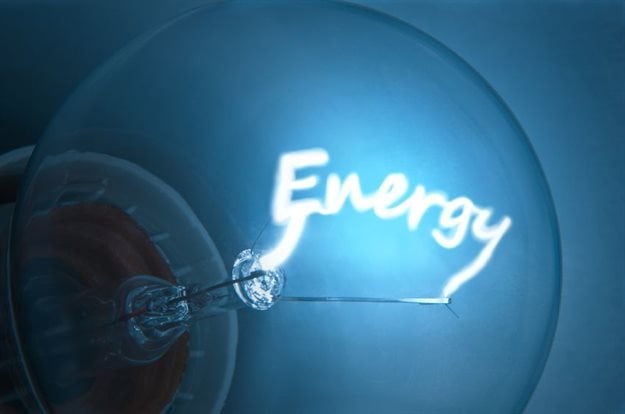Multi-unit residential buildings consume more energy than other housing types. This is due to the provision of shared space and common area facilities and services. Improving energy efficiency and management is one of the key actions which can be undertaken to future-proof owners and facility occupants against rising electricity costs, as well as reducing greenhouse gas emissions associated with the burning of fossil fuels for the generation of electricity.
Various strategies and incentives have or are in the process of being introduced at all levels of government in order to reduce greenhouse gas emissions associated with the burning of fossil fuels. Government mechanisms include mandatory greenhouse gas reporting requirements, renewable energy targets, and state energy efficiency schemes. As these become legislated, developments would need to adapt and be proactive.
Understanding how and where energy is consumed is critical to understanding a building’s performance and potential to optimise consumption patterns. There is no one solution, but there are a few small steps the development can undertake to work towards a sustainable future.
1. Establish an energy baseline: An energy baseline outlines current energy performance and provides a basis from which to measure change. Baseline data can be collected from energy invoices, building management systems (BMS), and utility provider reports, and should include at least twelve months to account for seasonal variations.
2. Develop an operational energy profile: Develop a picture of how the building operates throughout the day by liaising with residents, and by understanding the building’s energy supply contracts (including off peak and peak times and charges and usage levels that trigger tariff changes).
3. Undertake an energy audit: Energy audits are essential in the energy improvement process; however, there are different levels of detail, and a basic audit may not suffice to develop a business case for improvements. It is usually beneficial to engage an energy consultant to ensure critical elements are not overlooked.
4. Set performance targets: Develop targets taking into consideration the energy baseline, identified opportunities, and available resources. Other factors may include building performance ratings, resident expectations and budget constraints.
5. Identify preferred energy improvement initiatives: Evaluate opportunities to improve energy performance based on the return they offer against targets and the feasibility / practicality of implementation.
6. Develop monitoring and reporting processes: Establish a system to collect, analyse and report on energy consumption and develop or purchase a system that records consumption and enables tracking against targets. Measure consumption against the initial energy baseline in order to assess energy performance trends, the effectiveness of initiatives implemented, and further opportunities to improve.
7. Communicate with residents and owners: Discuss energy efficiency intentions with identified stakeholders to establish intentions and communication mechanisms, and seek input or support from residents.
Residential developments are small communities which are dynamic and constantly changing as a result of internal and external factors. As the facilities management industry has evolved and adapted over time, there is a need to adopt an adaptive management approach to the management of residential facilities and communities.
One of the most common struggles with adapting is access to high quality and accurate information. Even if you are not planning to make changes today, the one thing you need to do is to start maintaining current and accurate records of a facilities systems and performance. It is essential to maintaining continuity of facility operations and will assist in identifying problem areas, and opportunities to improve. Good documentation and records management systems help ensure valuable time is not lost as a result of a change in members, facilities managers, key contractors, or other stakeholders. Investing in good documentation management systems will help drive greater performance by continually building on the knowledge developed by preceding operators.
So even if you don’t plan to change the world today, invest in the future by tracking your baseline, not only in electricity, but in all facets of your property development.







































